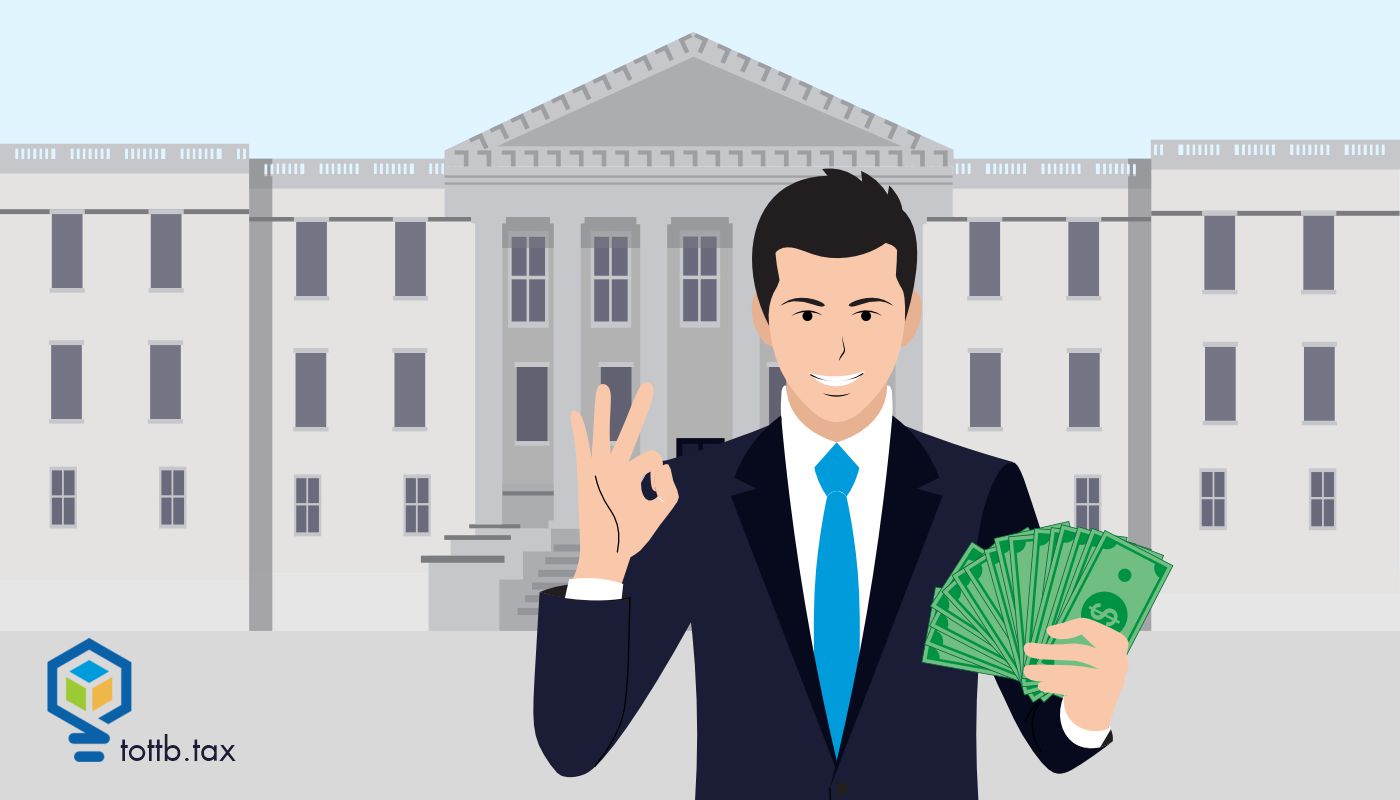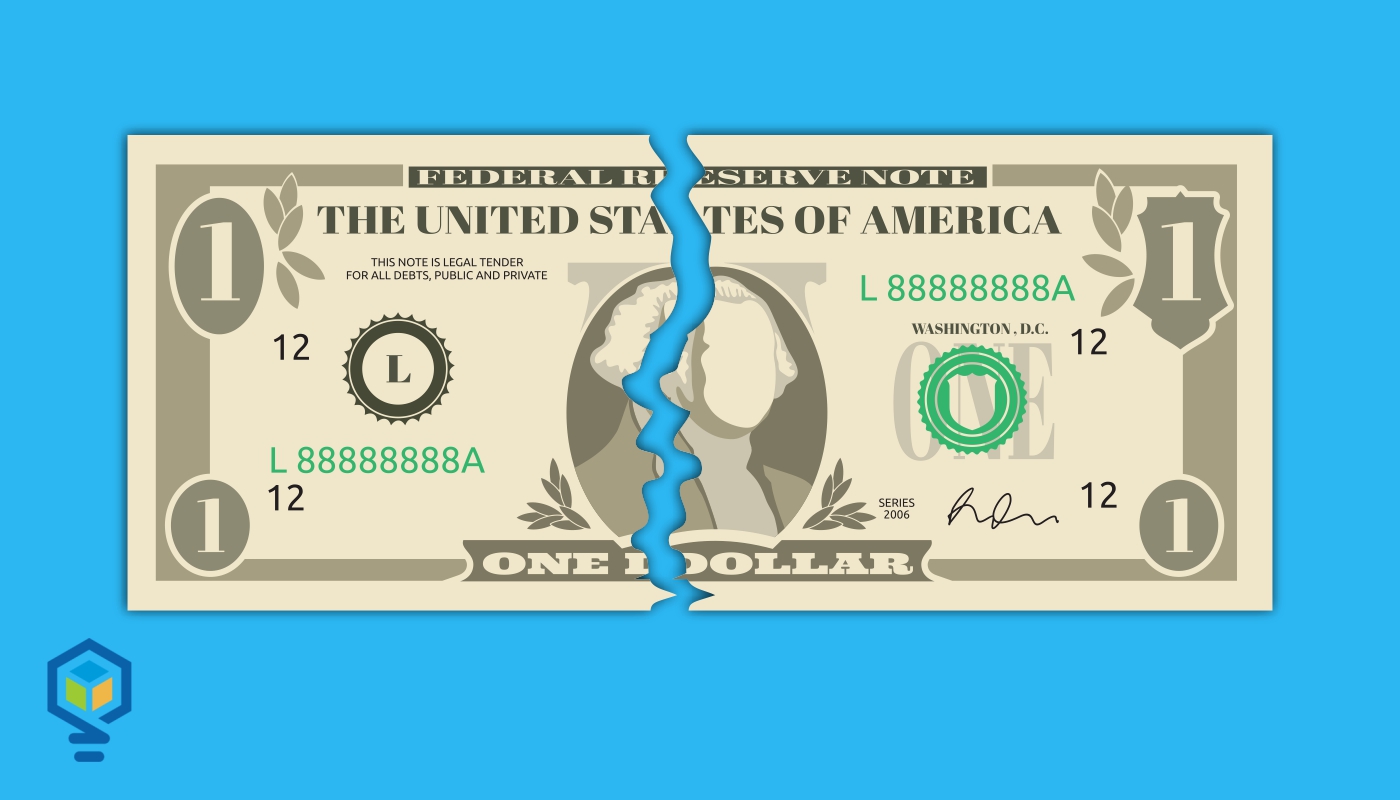CURRENT EDITION

Leaving the United States, Part III: Dual Citizenship
In Part I of this three-part series, we discussed the implications and taxes for American expatriates. In Part II we turned our attention to renouncing citizenship. Here in Part III, we will consider the halfway point of dual citizenship. And as you would expect, taxes are a serious consideration.
READ MORETurning Services into Property Can Create a Non-recognition Event
It’s not often that we get to wave a magic wand and turn a taxable transaction into a non-taxable transaction, but partnership taxation offers us this opportunity. Partnership taxation is extraordinarily flexible and combines tax-favored aspects of both corporate entity taxation and individual taxation. Proper planning and use of this flexibility can actually turn a contribution in return for a partnership interest from a recognition event that results in taxable income to you to a non-recognition event that merely adds to your basis in the partnership. The difference between contributing services versus property for a partnership interest is huge. Contribute services, and you have taxable compensation. Contribute property, and you have a non-recognition event. Determining whether your contribution is classifiable as property rather than services saves a ton in tax. Keep reading to learn how.
Read MoreShould You Move to Puerto Rico for Crypto Tax Savings?
At least once a week in the cryptocurrency community, there is a new post or article encouraging crypto investors to relocate to Puerto Rico to avoid tax. Relocating to the Caribbean is certainly an attractive proposition, but is it too good to be true? In the words of every good tax professional everywhere, “It depends.” Becoming a resident of Puerto Rico does have some potential tax benefits that come with it, but it is no slam dunk decision. Let’s take a trip together to the Island of Enchantment, grab a cocktail on the beach, and lower our tax bill!
Read MoreCecile Barker and Why You Need to Keep Records Longer Than You Thought
Cecile Barker has bad news from the Eleventh Circuit. They have upheld the Tax Court’s disallowance of his multi-million dollar net operating loss deduction (NOL) largely generated by SoBe Entertainment LLC. SoBe Entertainment is a record label that has represented numerous artists included Brooke Hogan, daughter of Hulk Hogan. The indirect Hulk Hogan connection makes Mr. Barker a tangential figure in a fascinating story you can read about in Conspiracy – Peter Thiel, Hulk Hogan, Gawker and the Anatomy of Intrigue by Ryan Holiday. For purposes of this article, we will stick to the tax story which began with a Tax Court opinion in 2018, which I covered previously.
Read MoreVideo Interview with Michael Kitces: Opening the Back Door to the ROTH IRA
Back in the spring of 2021 Editor-in-Chief, Dominique Molina, sat down with Michael Kitces from Kitces.com to discuss creative ways to use the ROTH IRA when developing tax planning strategies. This exclusive video interview is jam-packed with a variety of recommendations and suggestions highlighting the flexibility you gain in your planning when including the ROTH IRA as a tool! Sit back, relax, and enjoy the show!
Read MoreUsing Split-dollar Life Insurance as a Tax Loophole
I’m no fan of needlessly complicating people’s tax situations, and I often remind readers to consider administrative overhead and compliance costs in addition to tax savings when evaluating tax strategies. The following strategies work best for high-net-worth taxpayers and medium to large “small businesses.” I’m not talking about people who think they are high-net-worth, but if even after the estate tax exemption was doubled, you have to file an estate tax return (Form 706), this is you. If your individual or business net worth is in or is approaching the double-digit millions, this may not apply to you – yet. Keep reading anyway because it may be only a matter of time before you can use it or one of your “I wanna be a playa” clients comes to you asking about this strategy because they saw it on TikTok. Keep reading to learn more on how to save.
Read MoreJoint vs. Separate Filing – New Advantages with the 2021 Stimulus
COVID-19 has affected every aspect of our lives, and tax filing status is no exception. Couples who have filed jointly for their entire marriage may find that for 2021 it is more beneficial to file separately. This is in large part thanks to the many stimulus bills the Congress passed in 2020 and 2021. The addition of Economic Impact Payments (EIP) and the associated Recovery Rebate Credits (RRC) have complicated what was once a simple tax calculation to now include these additional factors. In some scenarios, a couple would pay more tax filing separately than if they filed jointly, but because of pandemic-related credits, end up with more money in their pockets. Filing separately is not without its own potential headaches, though. Keep reading to find out when to switch your filing status.
Read MoreHealth Expenses: A Commonly Ignored Portion of the ERC Leaves Relief Money on the Table
The Employee Retention Credit (ERC) is a huge benefit for businesses, but it is often incredibly difficult to maximize fully. Practitioners must perform a complex interplay of wages between PPP, grants, or other wage credits. They must know the voluminous rules of the ERC program itself, the other programs that may enter into the equation, and the related portions of the Tax Code. With so much to consider, a particularly powerful tool can easily be missed: the ERC health expenses. Many are surprised when someone asks about health programs since they do not realize these benefits count as ERC qualified costs. Some ERC claims ignore health costs entirely or only capture the employee portions. Deductions for health costs are in the payroll data, but employer costs are typically not in pay records. By reviewing all the qualifying health expenses and available methods for allocating costs, you can really increase your ERC. Keep reading to learn more!
Read MoreYour Inventory’s Inflation Can Be Your Tax Savings
The pandemic forced businesses to adapt in many ways. The economic recovery has highlighted supply chain issues exacerbated by strong demand and leading to overall inflation. Businesses are now continuing to adapt to higher prices. If you have inventory, you perhaps can realize tax benefits to help with this inflationary effect through the Last-In, First-Out inventory method (LIFO). LIFO inventory methods are hardly a new tax concept, but taxpayers often may have ignored them due to complexity or periods of marginal inflation. This strategy deserves a second look during a year of high inflation. Read on to learn more about this tax savings strategy and the simplified calculation methods available.
Read MoreNOT A MEMBER YET?

SUBSCRIBE TO GET ALL OF OUR
GREAT ARTICLES AND RESOURCES!
CURRENT EDITION

Leaving the United States, Part III: Dual Citizenship
In Part I of this three-part series, we discussed the implications and taxes for American expatriates. In Part II we turned our attention to renouncing citizenship. Here in Part III, we will consider the halfway point of dual citizenship. And as you would expect, taxes are a serious consideration.

Reflecting On Rothing
I have been dissatisfied with most of the articles that I have read about what I call Rothing, i.e. foregoing a deduction for retirement savings with the prospect of tax-free distributions in the future or taking the tax hit on a deferred account to convert it to a tax-free account. The articles generally have a pro-Roth bias. Suze Orman, for example, swears by Roths. They also tend to not have numbers in them. What I am going to do here is to reflect on the idea of Rothing and discuss what I see as some key numbers. I’m not going to dive deep into technical issues.

Considering a Historic Building for Your Business? These Tax Credits are Good News
Historic buildings make a beautiful location for doing business. Unfortunately, many of them may seem out of the price range of small business owners. But, that’s not necessarily the case. The state and federal governments have an interest in preserving these properties, and they are willing to give you tax credits for buying and restoring a historic building. The credits reimburse a large proportion of your restoration costs. This really is a great incentive to go for a building that will give your company a unique and professional feel.









